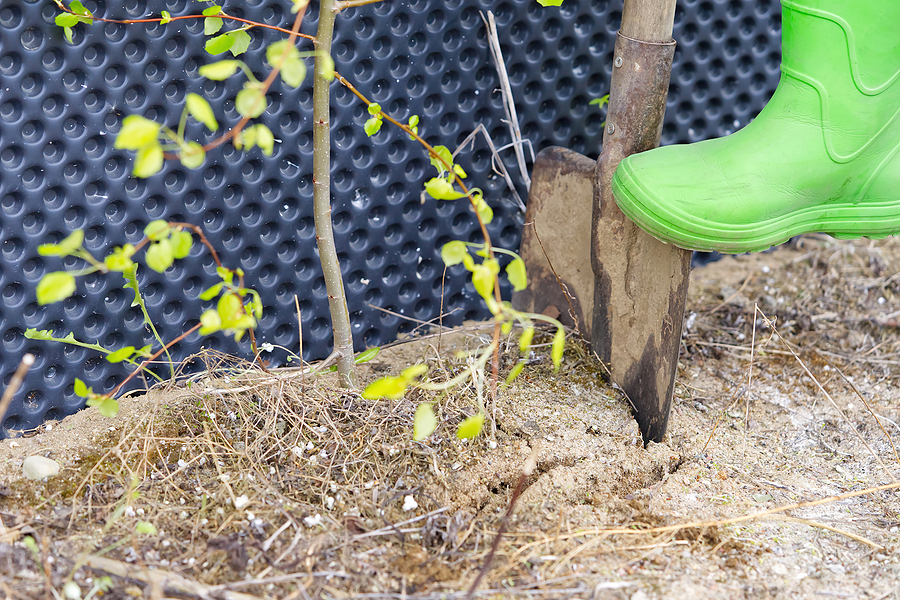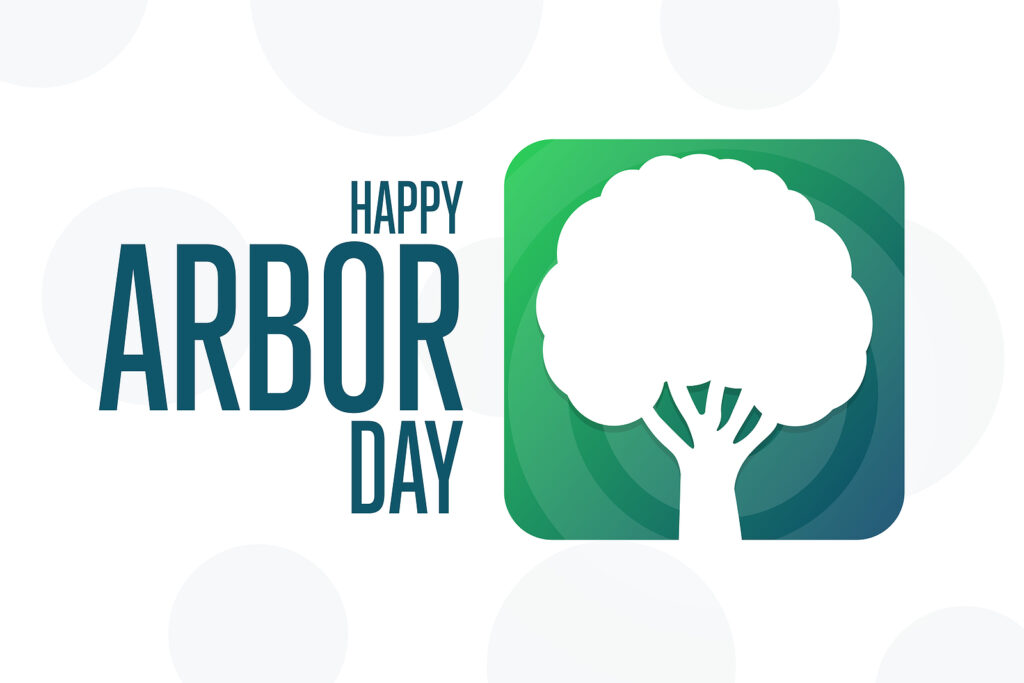Transplant shock is a common problem that can affect newly planted trees, and it’s important to understand how to prevent it. Transplant shock occurs when the tree is moved from its original environment, resulting in stress on the roots which can cause leaf discoloration and decreased growth. Fortunately, there are steps you can take to reduce the risk of transplant shock for your trees. Continue below to learn some top tips for avoiding transplant shock in trees.

What is Transplant Shock?
Transplant shock is a common condition that may affect plants when they are moved or replanted. The stress of the transplantation process can cause a variety of symptoms, such as wilting, leaf drop, stunted growth, and yellowed leaves. This can be concerning for gardeners, but it’s important to understand that transplant shock is a natural response to change, and most plants will recover with time and proper care. To avoid transplant shock, it’s essential to handle plants gently, water them regularly, and provide them with a suitable environment that matches their needs. With patience and a little effort, your plants can thrive in their new home.
How to Avoid Transplant Shock in Newly Planted Trees
Plant During the Cooler Months: The best time to plant a tree is in the late fall or early spring, when temperatures are milder. This can help reduce stress on the roots and make it easier for trees to adjust to their new environment.
Water Properly: Newly planted trees should be watered regularly, at least twice per week for the first two months after planting. Soaker hoses work well for this purpose and can ensure that your tree gets enough water without getting too much.
Prune Carefully: Pruning newly planted trees should be done with caution, as pruning too severely can cause more stress on the roots and therefore increase transplant shock symptoms. Additionally, make sure any cuts are made cleanly and at the right angle.
Monitor Growth: Trees should be monitored regularly in order to identify any signs of transplant shock as soon as possible. Early detection can allow for corrective action to be taken more quickly, which can often result in a better outcome for the tree.
Hire an Arborist. An arborist is a tree expert who has received extensive training and certification to care for trees. Their role is not just limited to trimming branches or cutting down trees. Instead, arborists undertake complex procedures to ensure that trees are healthy, safe, and aesthetically pleasing.
By following these tips, you can help ensure that your newly planted trees adjust well to their new environment and avoid transplant shock. Proper tree care is important for ensuring the health and longevity of your trees, so take steps now to reduce the risk of transplant shock. If you ever have questions about proper tree care or how to prevent transplant shock in your trees, contact a local arborist for advice.
Benefits of Arborist Services
Arborist services can be invaluable for maintaining and caring for trees on your property. Knowing how to care for trees appropriately can help ensure their longevity. Those who do not have expertise in this area, however, may need assistance from a professional arborist. A certified arborist will provide consultation and hands-on services such as pruning, trimming, fertilizing and pest control that are necessary to keep trees healthy.
They have the necessary knowledge and experience to identify problems with trees at an early stage while they are still manageable and act promptly to address them. They also use specialized safety equipment to carry out their duties and work closely with other professionals such as landscapers, architects, and engineers to ensure that trees are properly integrated into the larger ecosystem. Ultimately, an arborist service can help you maintain a beautiful landscape of healthy trees on your property.
Are you looking for a state-certified arborist to help bring your landscaping trees back to their full glory? Here at Complete Tree Care, our Indianapolis arborist is licensed in tree disease diagnosis, as well as, tree insect identification, for all Indiana tree species. Call 317-783-2518 to request service, today.
Related Posts:
Fundamental Tree Transplanting Tips
How to Protect Storm Damaged Trees
Common Diseases Affecting Trees in Indiana and How to Treat Them


